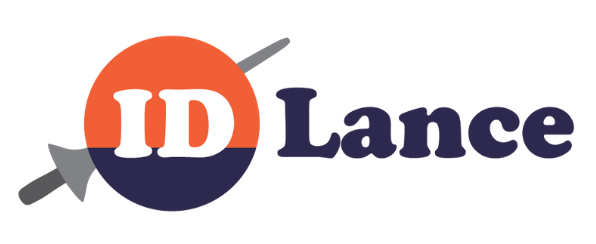ATD Blog
2D-Immersive E-Learning: Why We Think It’s a No Brainer
Thu Oct 06 2022

What a world we’re living in now! The digital learning industry is rapidly growing, and we’re seeing advances made in extended reality (XR), augmented reality (AR), mixed reality (MR), virtual reality (VR), and even reality television—what a gift!
On one end of the spectrum, we have traditional e-learning courses. And toward the other end, we have XR, AR, MR, and VR. The key difference between the two ends of the spectrum is the subject matter being delivered in context—that is, immersive learning—a powerful factor in the learning process. As we evolve in the workplace, L&D managers are increasingly adopting immersive learning solutions to help learners grasp new concepts and skills in their appropriate contexts.
Here at IDLance, we’re excited to partner with developers who specialize in interactive, high-resolution photography. When it comes to traditional e-learning courses that are taken on a computer, you’re boxed in by the limits of the computer. Oftentimes, there’s too wide of a gap between the computer and the physical workspace itself. For example, someone working in the medical or manufacturing industries would probably absorb a lesson much better in an immersive environment than they would through traditional e-learning methods. Natural context matters for certain subjects.
With 2D-immersive e-learning, learners have access to high-resolution digital photographs (up to 223 megapixels) of entire scenes. We mean crystal clear images—no pixelation or blurring whatsoever. Thanks to this ultrarealistic technology, natural context and subject matter can be bridged seamlessly, helping your learner better connect specific learning concepts to the greater context at large. That means higher retention rates and more engaged learners! What more could you want?
Let’s imagine you’re training a new hire named Bob on an industrial machine. Bob needs to have an adept understanding of the control panel’s gauges, buttons, levers, and digital components. Normally, you’d create unique e-learning modules for each of these control panel sections. But if you do that, won’t Bob miss the greater context of how those components relate to each other, the machine as a whole, the shop floor, and its operator?
2D-immersive e-learning makes it possible for Bob to absorb everything he needs to know about that control panel through one single crystal clear image. He’ll be able to zoom in on the machine with great precision at his own volition. Along the way, he may even take some quizzes to test his newfound knowledge or access specialized content, all without leaving the scene once. Great job, Bob!
Of course, this is only one example of the ways we can use 2D-immersive e-learning techniques. Just think of its applications in medical facilities and repair garages, on aircraft and agricultural equipment, in surgery simulators, or anywhere you want to test out real-world scenarios in a safe, engaging, and cost-effective way.
You can mark individual items (as small as a few pixels across) within a 2D-immersive scene as hotspots: The learner can click on them specifically to unlock a wealth of context without ever leaving the scene. Hotspots promote contextual learning and enrichment without navigating through multiple pages, screens, or modules. Think of it as on-the-job training before anyone is actually on the job.
At IDLance, we think 2D-immersive e-learning is the future of low-cost and high-impact learning solutions. Why make your learner sit through boring, ineffective training when you can offer them something expansive and hands-on? It saves time and money and promotes retention, and it’s just plain fun!

